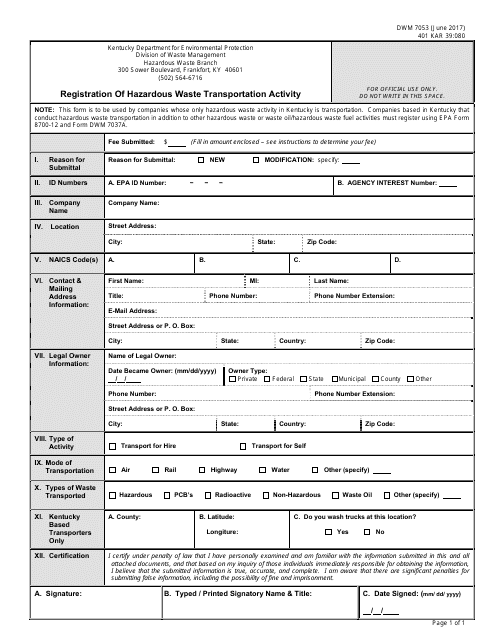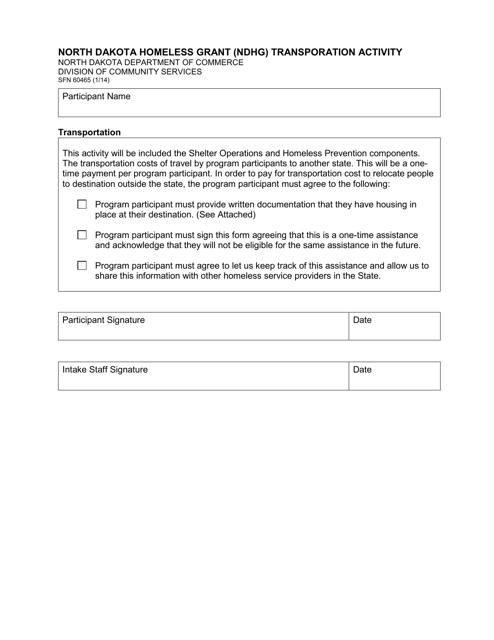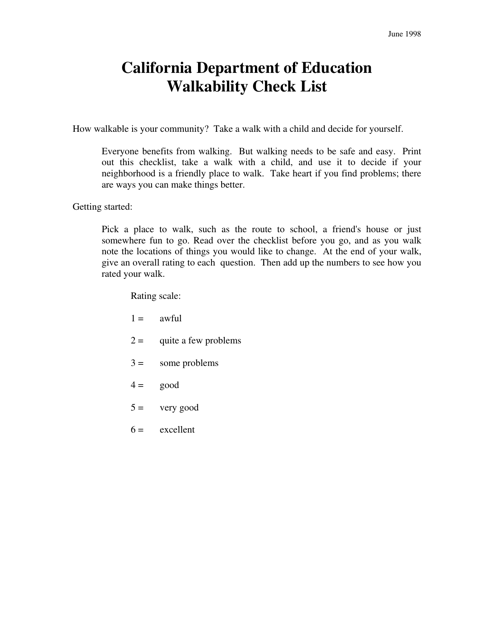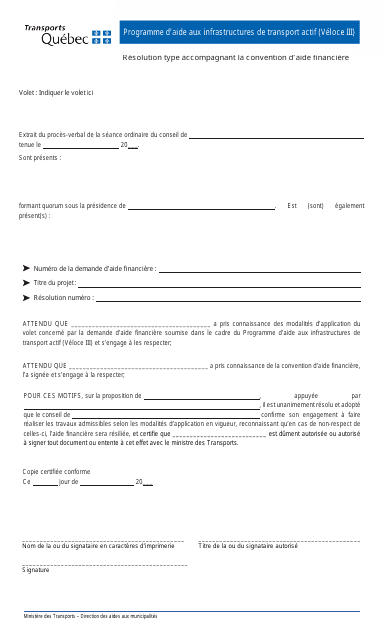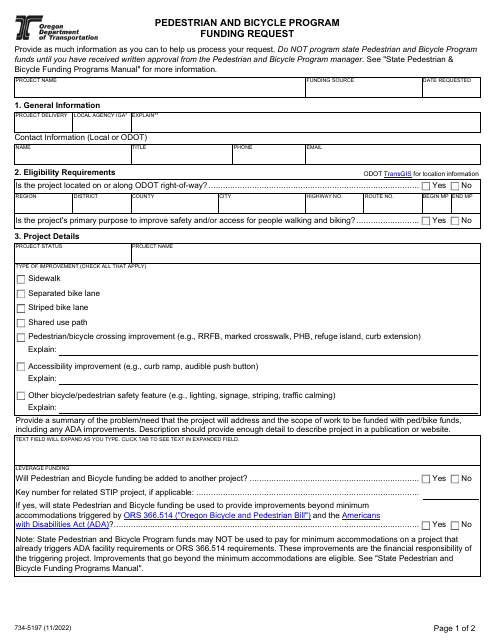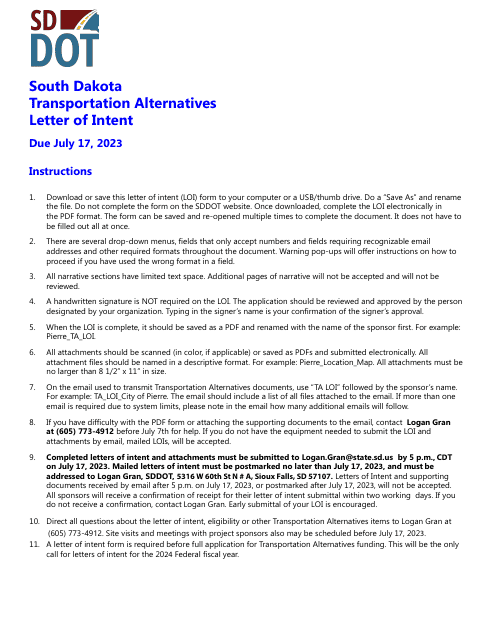Active Transportation Templates
Active transportation, also known as transportation activity, refers to any form of human-powered transportation, such as walking, cycling, or rollerblading. It promotes healthier lifestyles, reduces carbon emissions, and improves the overall quality of life in communities. Active transportation provides numerous benefits, including improved physical fitness, reduced traffic congestion, and enhanced environmental sustainability.
Whether you are an individual looking to incorporate more physical activity into your daily routine or a community striving to create a more bike and pedestrian-friendly environment, active transportation resources can help guide you. From registration forms for hazardous waste transportation activity to grants for homeless transportation initiatives, there are various documents available to support and promote active transportation efforts.
For instance, the Form DWM7053 is specifically designed for the registration of hazardous waste transportation activity in the state of Kentucky, ensuring that such activities are carried out safely and legally. Similarly, the Form SFN60465 assists in managing transportation activities related to North Dakota's Homeless Grant program, helping to provide transportation services for homeless individuals.
In addition to these specific examples, there are also documents, like the Walkability Checklist in California, that aim to evaluate the pedestrian-friendliness of neighborhoods and identify areas for improvement. Such resources can be utilized by city planners, policymakers, and community members to enhance walkability and encourage active transportation.
Furthermore, jurisdictions worldwide, such as Quebec, Canada, have implemented programs like the Convention d'aide financière - Programme d'aide aux infrastructures de transport actif (Véloce III) to promote active transportation and fund related infrastructure projects. These initiatives often require the submission of documents like resolutions or letters of intent, such as the Transportation Alternatives Letter of Intent used in South Dakota, showcasing a commitment to supporting active transportation.
By browsing through these active transportation documents, individuals and communities can gain insights, guidance, and inspiration to foster active transportation practices. Whether you are seeking information on regulations, funding opportunities, or tools to assess your community's walkability, these resources can prove invaluable in promoting active transportation and building healthier, more sustainable communities.
Documents:
8
This document is a checklist used to assess the walkability of a neighborhood or community. It includes specific criteria such as sidewalk availability, crosswalks, and proximity to amenities, to help evaluate how pedestrian-friendly an area is.
This Form is used for registering hazardous waste transportation activities in Kentucky.
This form is used for applying for the North Dakota Homeless Grant (NDHG) Transportation Activity. It is specifically for residents of North Dakota who are homeless and in need of transportation assistance.
This document is a checklist used to assess the walkability of neighborhoods in California. It includes various criteria such as sidewalks, pedestrian signals, and crosswalks to evaluate how convenient and safe it is to walk in a specific area.
This document is a resolution type accompanying the financial assistance agreement for the Active Transportation Infrastructure Assistance Program (VELOCE III) in Quebec, Canada.
This form is used for requesting funding for Oregon's Pedestrian and Bicycle Program.


